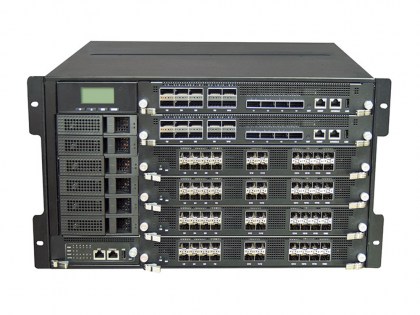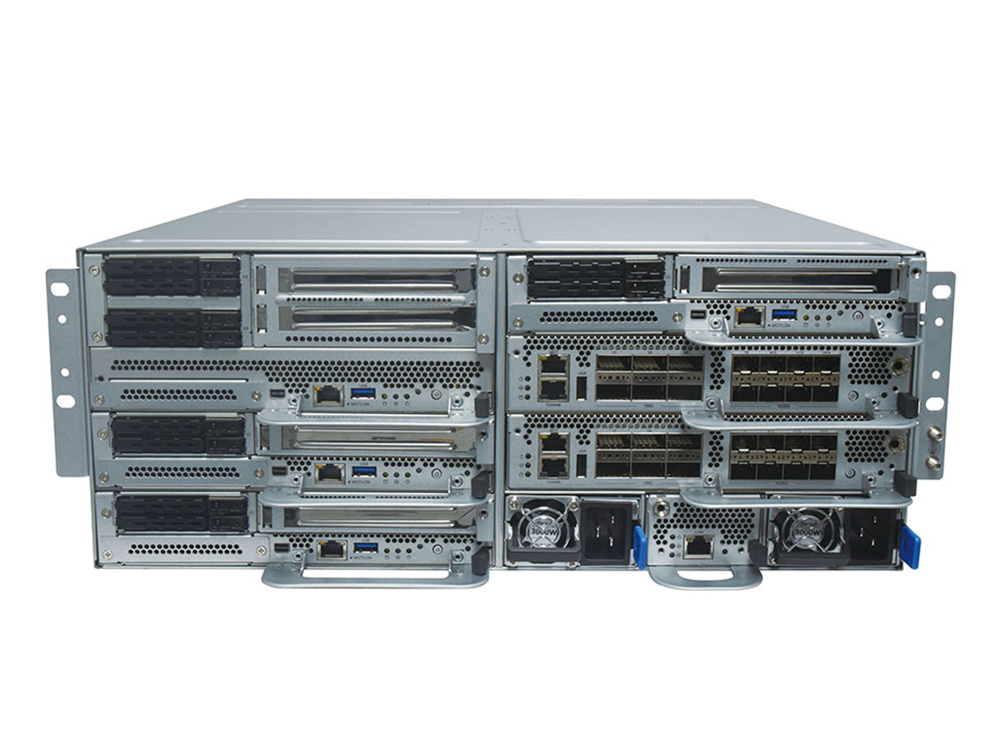Back in 2021, MNOs stepped up testing pilot projects in emerging and rural markets, while this year we’ve seen government funding for R&D programs in the US, Japan, and Europe begin to scale up to enhance market readiness. The telecom industry is embracing innovations in virtualized Radio Access Networks (RAN) technologies and prioritizing an advanced, open, and disaggregated network architecture.
From Legacy to Open RAN Networks
Legacy networks involved a single vendor dominating both the solution hardware and software with proprietary interfaces. On the other hand, Open RAN networks are about open, generic, predefined interfaces between each building block of RU, DU, CU, and RIC. Telecom companies adopting Open RAN can mix and match components designed by different equipment vendors to provide more cost-effective solutions, further reducing business and operational costs.
Open RAN Adoption by Global Operators
Operators worldwide, as early adopters of Open RAN, have benefited from open interfaces, leveraging the lower deployment costs to enable refreshing of their networks while maintaining legacy services, while adding new 5G services. A study by a leading global professional services network realized, in 2020, that there were an estimated 35 active Open RAN deployments globally to transform their network systems. Global examples include Rakuten (Japan), Dish Networks (US), Telefonica (Spain), Etisalat (Emirates), Vodafone (Britain), and even traditional telecom companies including Deutsche Telekom (Germany), Orange (France), and TIM (Italy) have been gradually mobilizing towards Open RAN networks to improve energy efficiency, flexibility and fostering innovation.
Open RAN Cost-effective Solutions
Hardware costs of components such as radio units and antennas are expected to be further standardized with technological innovation and expansion of the market. In addition to the introduction of high-performance and energy-efficient cloud hardware, will further increase total cost of ownership (TCO) savings with Open RAN solutions. Leading management consultancy firm, Analysys Mason compared TCO for disaggregated Open RAN vs traditional physical RAN for 5G and estimated significantly large savings if they adopt Open RAN platforms and services.
Enabling Better Network Services with Open RAN
Deploying Open RAN solutions can increase cost efficiency, flexibility, and network service agility in supply chain management, and by using Open RAN capacities such as network slicing, ultra-low latency and edge computing, drives better network services for end-users.
Open RAN solutions can improve access to better broadband connectivity, transforming services through virtualization and digitization such as artificial intelligence, manufacturing automation, and robotics, which in turn can reduce operational complexity and expenditures using zero-touch automation and automated performance optimizations.
Conclusion
Without a doubt, networks have become the foundation for modern business and personal communication. Strong business cases have exemplified that TCO reduction justifies the move to Open RAN.
Bell Canada has adopted Lanner server appliances to deliver segment routing (SR)-based WAN services. Deploying the Lanner/NoviFlow CypberMapper solution, Bell Canada has transformed its network to become more cost-effective, agile, and scalable to deliver future network services.


